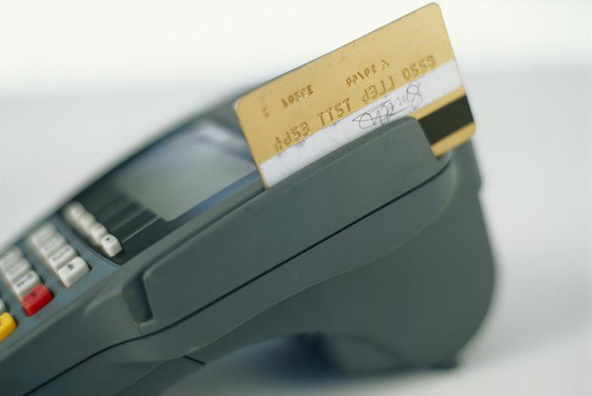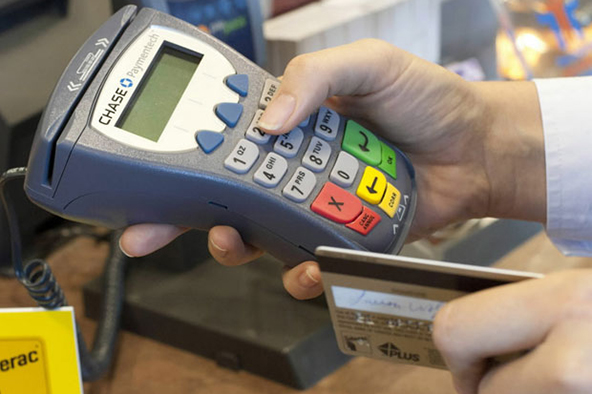12 Signs of E-Commerce Fraud

There are certain e-commerce transaction characteristics that are statistically very likely to be present when fraud is being committed. Listed below are 12 such signs, the presence of which should alert web-based merchants to the possibility that a fraudulent transaction may be under way. If only one or two of these signs are present, this may not be a cause for concern, but if several are identified in a single transaction, the merchant should investigate and verify the validity of both the card and the cardholder before processing the payment.
- First-time shoppers. Criminals are always looking for new victims. Once they commit a fraud at one merchant, they usually move on to another and never come back.
- Larger-than-average orders. Stolen payment cards have a very limited life span so criminals need to make a quick use of them. Large-size orders are one way of doing that.
- Orders for several items of the same kind. Just as with larger-than-average orders, purchasing multiple items of the same kind is a way of maxing out stolen cards as quickly as possible.
- Big-ticket items. Big-ticket items have high resale value, maximizing the fraudsters’ profits.
- Orders with overnight delivery. Naturally, criminals do not much care about shipping costs and are more likely than legitimate shoppers to order items with an overnight or another type of a rushed delivery.
- Orders from internet addresses at free email services. Free email services have no billing relationship with their users, leaving no possibility for verification that a legitimate cardholder has opened the account.
- International shipping addresses. A substantial number of fraudulent transactions are shipped to international addresses. The Address Verification Service can only work for U.K. addresses outside the U.S.
- Similar account numbers. There are various software tools for generating card account numbers, such as CreditMaster. These numbers are often very similar.
- Multiple orders shipped to the same address. Such orders may indicate the use of a stolen batch of cards or of fraudulently generated account numbers.
- Multiple transactions on one card in a short amount of time. Such transactions may indicate that a criminal is attempting to run up a stolen card’s credit line as quickly as possible, before the account is closed.
- Multiple shipping addresses. Similarly to the previous scheme, a card may be used multiple times in a short amount of time with the orders going to several shipping addresses.
- Multiple cards from a single IP address. Such transactions may indicate multiple orders placed from the same computer, even if different names and shipping addresses have been used.
Image credit: Usscospeaks.com.


